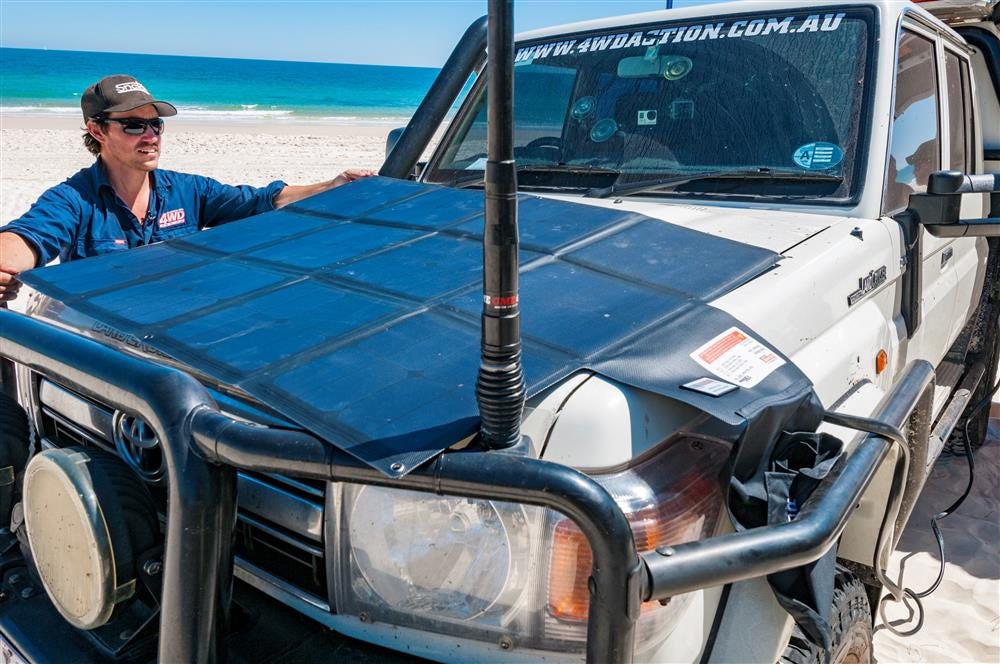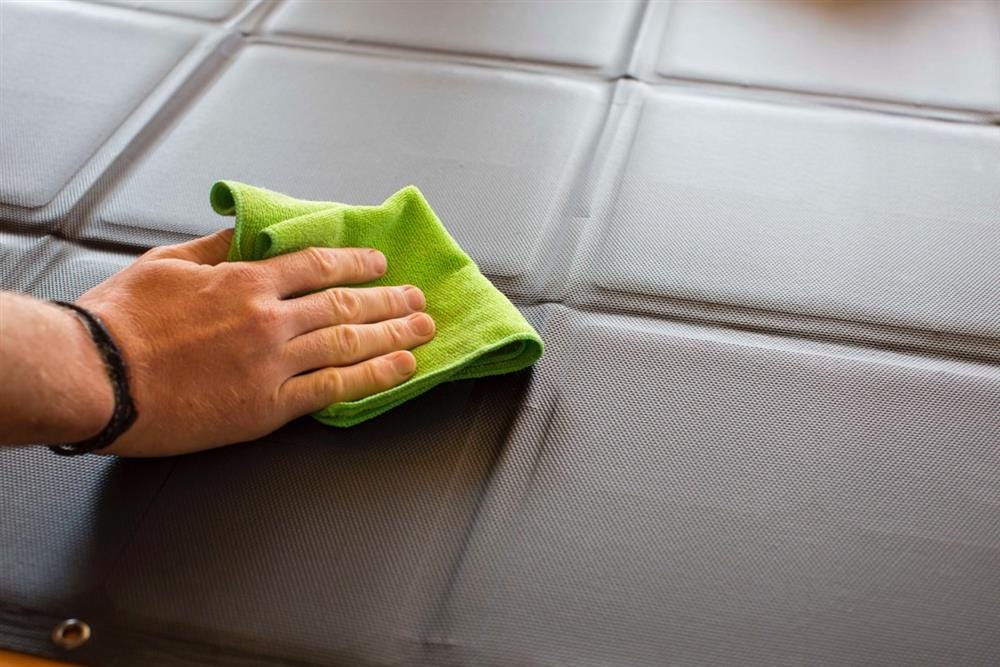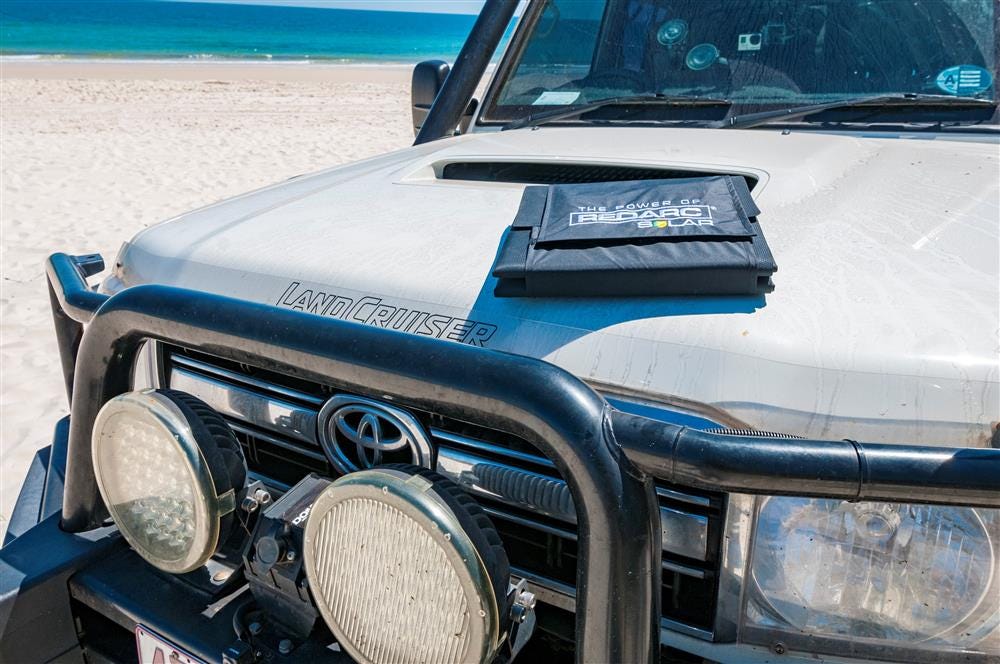When researching about shopping for a portable solar solution to suit your vehicle, there are so many things that can weigh you down and influence your decision.
Not to mention all of the complicated things like calculating how many amps and watts you have and need, comparing solar cell types or learning about solar regulators.
REDARC are here to make it easy for you by bringing it all back to basics with four simple solar hints that can help you make your next purchase that little bit easier.
Flexibility is key to output
It’s no surprise that the amount of power you can generate with a solar panel depends on its exposure to sunlight, because the location or angle at which the panel is facing will usually determine the output it will produce.
This is primarily due to the light intensity change with angle and the reflection of light that bounces off the glass. Having a rigid system that is not easily angled or tailored to direct sunlight is missing out on rays that could have hit the cell and generated electrical current flow for you.
A crystalline solar panel must be as perpendicular to the sun as possible to achieve best performance.
Compare this to our range of solar blankets, and you don’t have to worry about this at all. Lay it on the grass, on top of your car, or hang it up and they will still perform just as well.


Having the flexibility to be able to follow the angle of the sun is crucial
Our REDARC amorphous blanket is our premium blanket, and the reason for this is because it can take better advantage of varying light intensity as it can absorb a wider band of the visible light spectrum.
Our Sunpower and Amorphous blankets are also not affected by partial shading compared to conventional poly-crystalline and mono-crystalline cells – A big win!
All that means is that you are more likely to achieve better output, which means better charging for your batteries while on the road.
Look for quality
As we all know, black absorbs light better, which means for a solar cell it can store more energy because less light is reflected back out.
Some of the lower quality solar panels have been known to exhibit colour differences with the cells which equals lower cell purity, which in turn equals lower performance and longevity.
The cells we use on our solar blanket range are of the highest quality, and the ETFE coating helps in all of this too.
You may not notice it to begin with but overtime you may notice colour differences in your panels, which is one of the big red flags in determining cell quality. It pays to do your research and go for the brands you know and trust.
Durability
When you see a panel with numerous “pieces” of cell all connected together you can tell that impure or poor quality cells have been used. Often it means that the worst bits of the original cell have been cut away, leaving the somewhat useable remains to be strung together.
Any more than one cut in a single square cell (often only there to bump the voltage up quicker as they are series connected) would be the limit to look for. Not only would you have many more connections to have potential issues with, but it gives you an idea of the quality and purity of the original cells.


Take care of a quality blanket and it will take care of you tenfold
With portable solar panels it won’t take you very long to get scratches, cuts and dirty hand prints on the cells but with our blankets that have the ETFE coating, those blemishes aren’t going to be a problem.
Known as Ethylene Tetrafluorethylene, ETFE is a fluorine based plastic which has high corrosive resistance and strength over and strength over a wider temperature range.
What’s more ETFE has chemical resistance, self-cleaning non-stick properties, is UV and scratch resistant.
Watch your weight
The weight of your solar panels is an important consideration when deciding which wattage size or even type to choose. Obviously the higher the watts the bigger your panels are going to be.
Consider this; a REDARC 150W monocrystalline fixed panel weighs around 12kg. Compare this to a 150W SunPower blanket and you are looking at 6kg - half the weight!


When space and weight is at a premium, a compact blanket can make all the difference
For some, that can make all the difference between going over your payload for your touring setup and enjoying your travels comfortably, and most importantly, safely.
Keep in mind that it’s better to overestimate your needs rather than skimp.
Our range of blankets are not only highly flexible but also lightweight, so they aren’t going to cause any hassles when storing them in the back of your camper trailer or vehicle.
When you’ve considered all of that and it’s time to get into the nitty gritty of what you want to power and what panel type suits your setup, the REDARC solar calculator is the perfect place to start.
